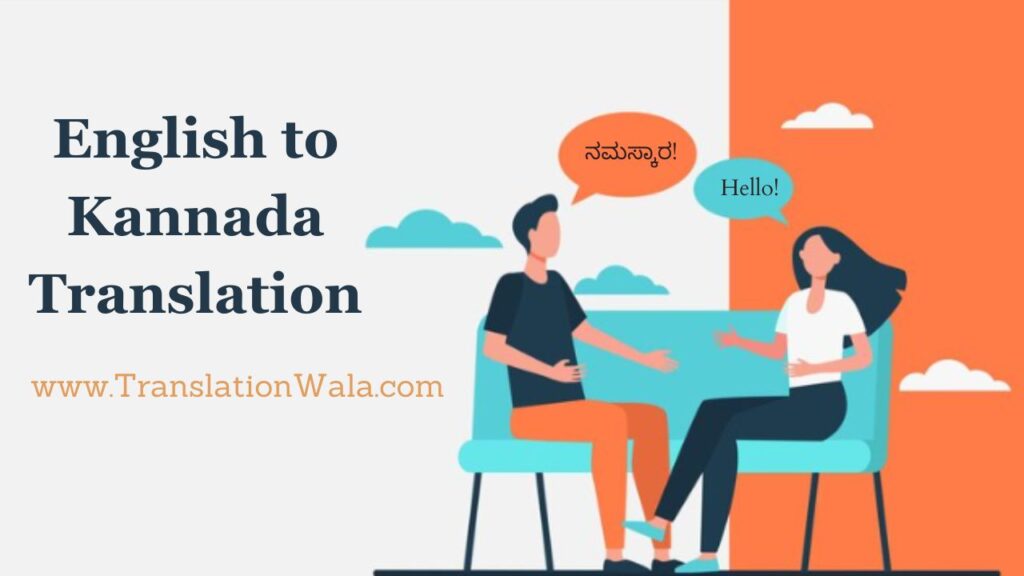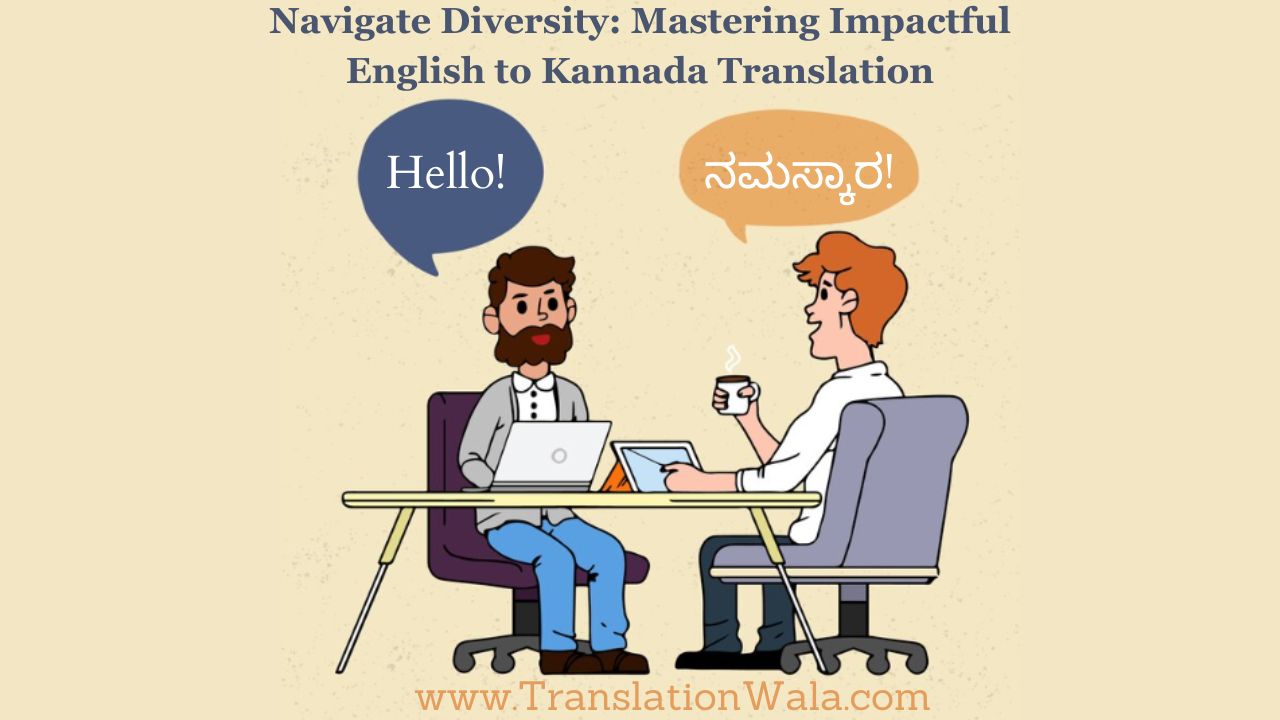There are more than 120 official languages and many more that are spoken in different parts of India. Making sure that people can easily share information and ideas across these language barriers is a unique task in the field of communication. Kannada is spoken by more than 60 million people around the world, so it’s very important that English to Kannada Translation are done well.
This blog goes into great detail about the complicated process of translating from English to Kannada. It gives you the information and tips you need to make it through this ever-changing process.
Understanding the Nuances: Kannada vs. English
To do a good job of translating, you need to be aware of the differences between the two languages. Here is a list of some important points:
- Language Family: It is in the Indo-European family, while Kannada is in the Dravidian family. Their grammar, language, and sentence structure are all affected by this basic difference.
- Verb Conjugation: Verbs in English change forms based on the person and the time. Kannada verbs, on the other hand, are changed based on mood, aspect, and time, which makes things even more complicated.
- Sentence Structure: The basis of English is Subject-Verb-Object (SVO). In Kannada, on the other hand, the order of Subject-Object-Verb (SOV) or Verb-Subject-Object (VSO) is more fluid.
- Vocabulary: There are some cognates (things that come from the same place) between the two languages, but a lot of the vocabulary is very different. Kannada has a long history of literature, and translators need to know about these inspirations.
Mastering the Art of Translation: Key Strategies
Let’s look at some ways to get good at English to Kannada Translation now that we know what the language environment is like:
- Embrace the Power of Bilingualism: To be a good translator, you need to be fluent in both English and Kannada. If you know a lot about both languages, you can understand the source text’s meaning and subtleties.
- Become a Cultural Chameleon: Culture and language go hand in hand. If you know about Kannada traditions, practices, and social references, you can translate words that hit home with the intended audience.
- Terminology Matters: For technical versions, you need to know a lot about the field. Learn the right words in both languages to make sure you are correct and understandable in specialist areas.
- Mind the Gap Between Formal and Informal: There is a different language for official and casual English. This contradiction can also be seen in Kannada. When translating, it’s very important to keep the tone and level of politeness that were meant.
- Read, Reread, Revise: The process of translation goes back and forth. After you’re done with the first translation, go back and read the Kannada text again to make sure it is correct, flows well, and sounds natural.
Also Read: Beyond Borders: Navigating Cultures Through English to Bengali Translation

Tools and Resources for Translations
There are many digital tools and services available today that can help translations do their best work:
- Machine Translation (MT): MT engines can understand the source text in a simple way, but they often have trouble with languages like Kannada that are very complicated. Be careful when using them as a starting point, but never depend on them alone for professional readings.
- Translation Memories (TMs): TMs are systems that store parts of text that have already been translated. TMs can improve speed and clarity by using previous versions, especially for material that is translated over and over again.
- Terminology Management Tools: These tools help keep terms files organized, which makes sure that expert versions are consistent and correct.
- Online Kannada Dictionaries and Glossaries: When learning new Kannada words or sentences, having access to trusted online tools can save your life.
Beyond the Words: The Human Touch in Translation
There’s more to how well a translation works than just changing words from one tongue to another. It’s about getting across the main idea, the feelings you want to evoke, and the cultural background. This is where the human touch is truly invaluable:
- Understanding the Target Audience: An experienced translator can make sure that the translated text fits the wants and culture of the people who will be reading it.
- Evoking Emotions: Language has a lot of power to make us feel things. A good translator can pick up on the emotional undertones of the original text and translate them well into Kannada.
- Maintaining Readability: Reading a good translation should be easy and smooth in the target tongue. The translation should try to make the text easy to understand, short, and interesting for people who read Kannada.
Conclusion: Building Bridges Through Translation
English to Kannada Translation is an important part of communicating in a country as different as India. By learning the details of the language, using good methods, and making the most of the tools that are available, translators can write powerful messages that people in Kannada can understand. Instead of just changing words, translation brings people from different places together and helps them talk to each other better. Translation, learning, and getting around in the wonderful world of languages go on!



